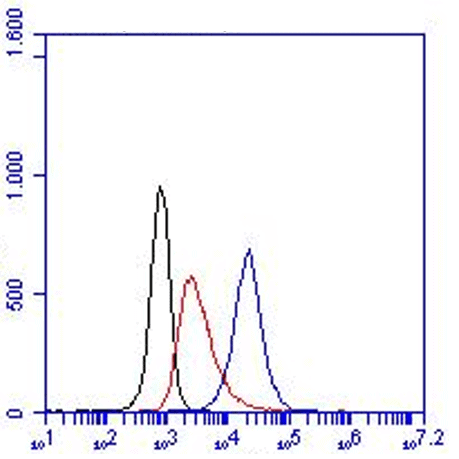TREM-2, Mouse, mAb 6E9
€133.00 – €414.00
The monoclonal antibody 6E9 recognizes mouse membrane-bound as well as soluble triggering receptor expressed on myeloid cells-2 (TREM-2). TREM-2 is a 26 kDa transmembrane glycoprotein that consists of a single extracellular immunoglobulin-like domain, a transmembrane region with a charged lysine residue and a short cytoplasmic tail. It associates with DNAX-activation protein 12 (DAP12) for signaling and function. TREM-2 is expressed on immature monocyte-derived dendritic cells. After activation by microbial products or tumor necrosis factor (TNF) and TNF-related proteins, dendritic cells downregulate the expression of TREM-2. TREM-2 is also expressed by osteoclasts and microglia, where it is involved in bone modeling and brain function, respectively. Another role of TREM-2 might be promoting the removal of apoptotic cells, organic matrix and macromolecules by microglia. Defects in TREM-2 are a cause of polycystic lipomembranous osteodysplasia with sclerosing leukoencephalopathy (PLOSL), also called presenile dementia with bone cysts or Nasu-Hakola disease (NHD). TREM-2, like TREM-1, can be cleaved on the membrane to release a soluble form of TREM-2
(sTREM-2). Elevated levels of sTREM-2 in CSF of multiple sclerosis patients have been detected. This elevated level may inhibit the anti-inflammatory function of the membrane-bound receptor suggesting sTREM-2 to be a possible target for future therapies.


